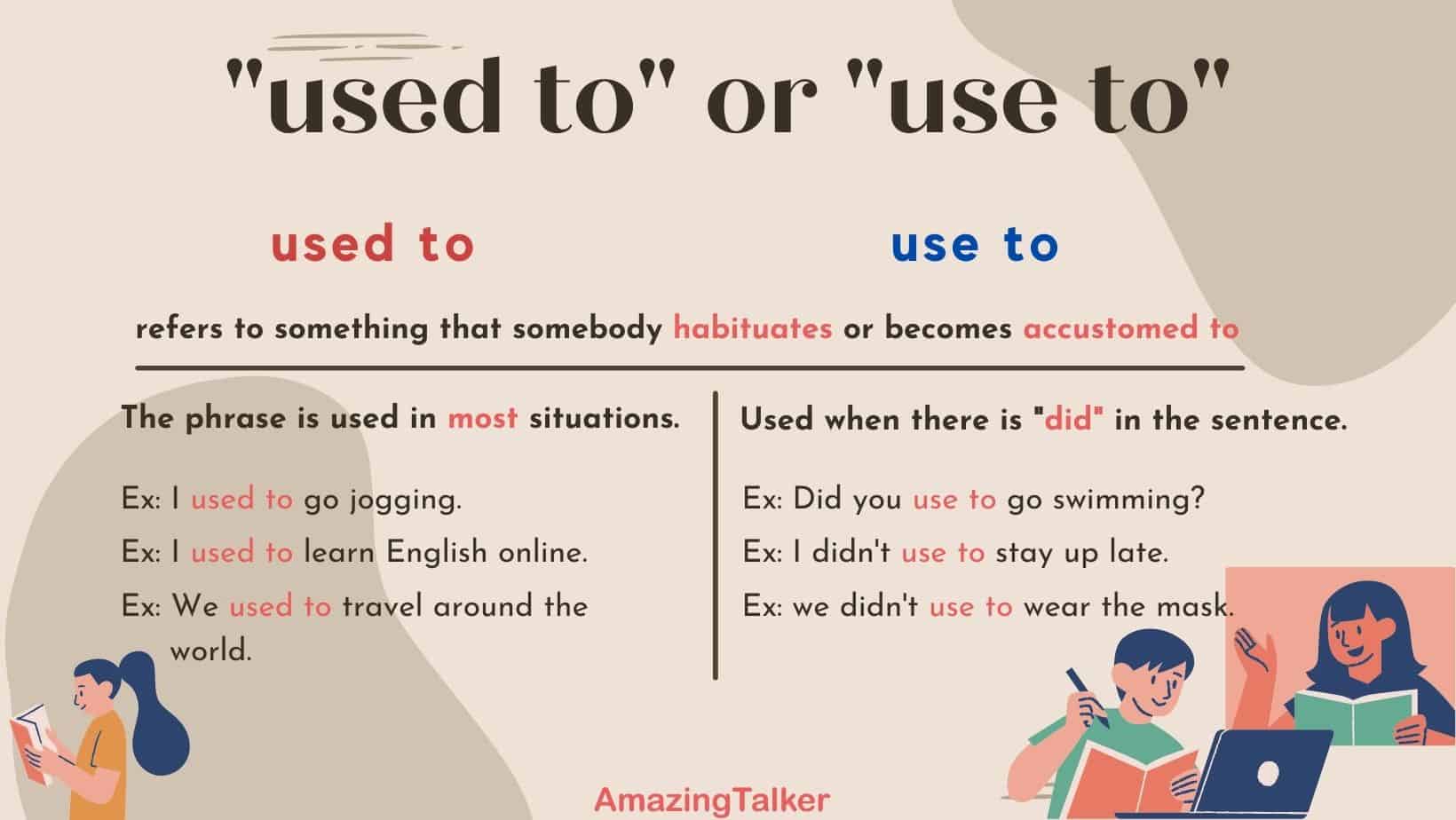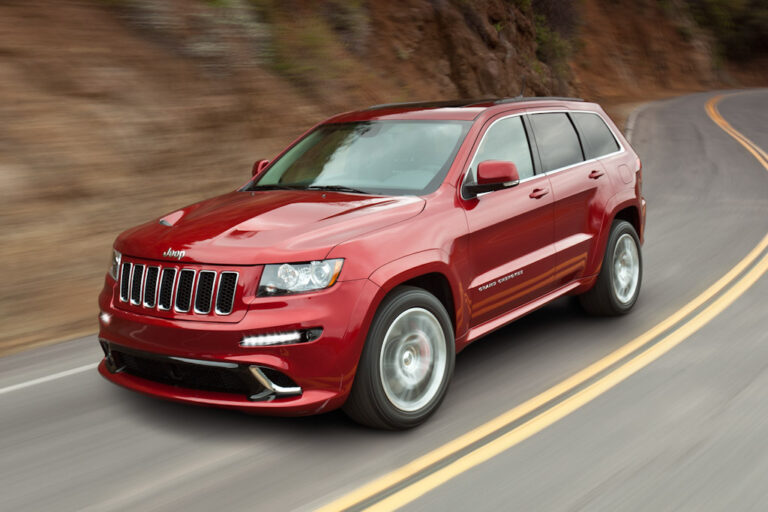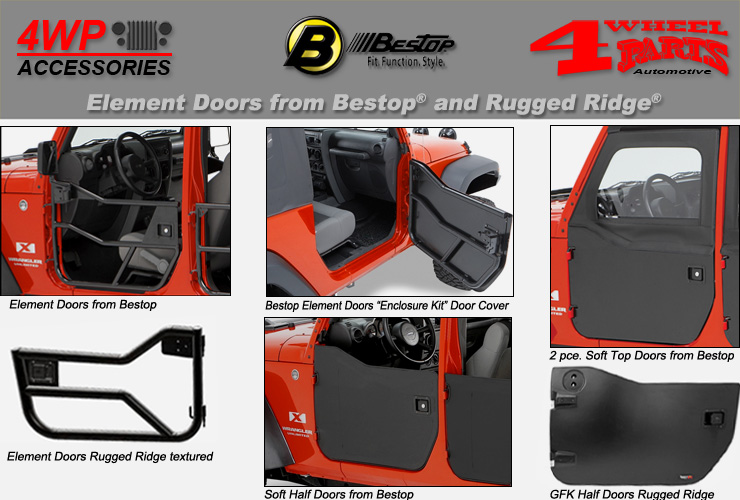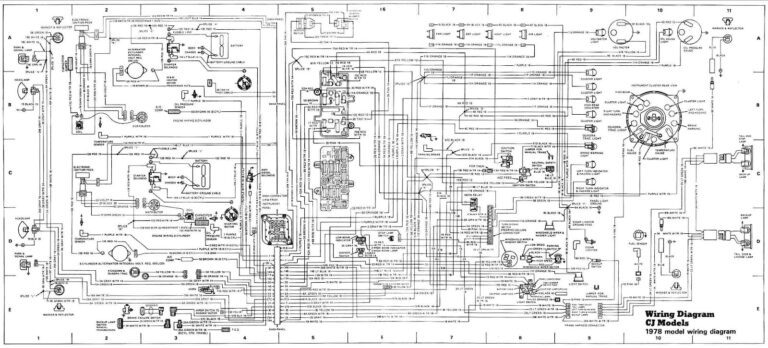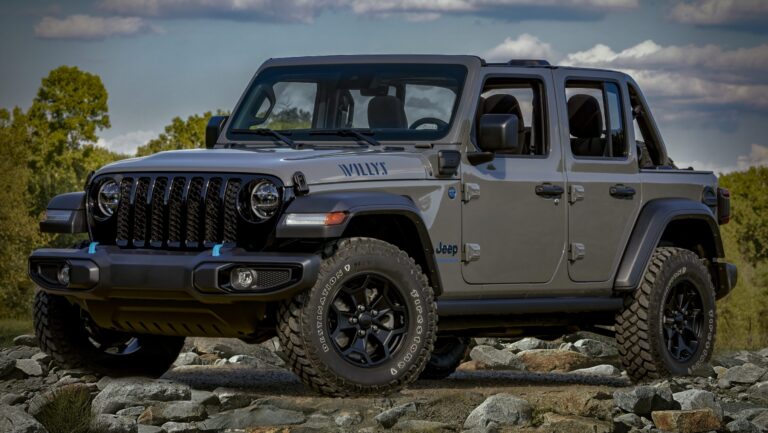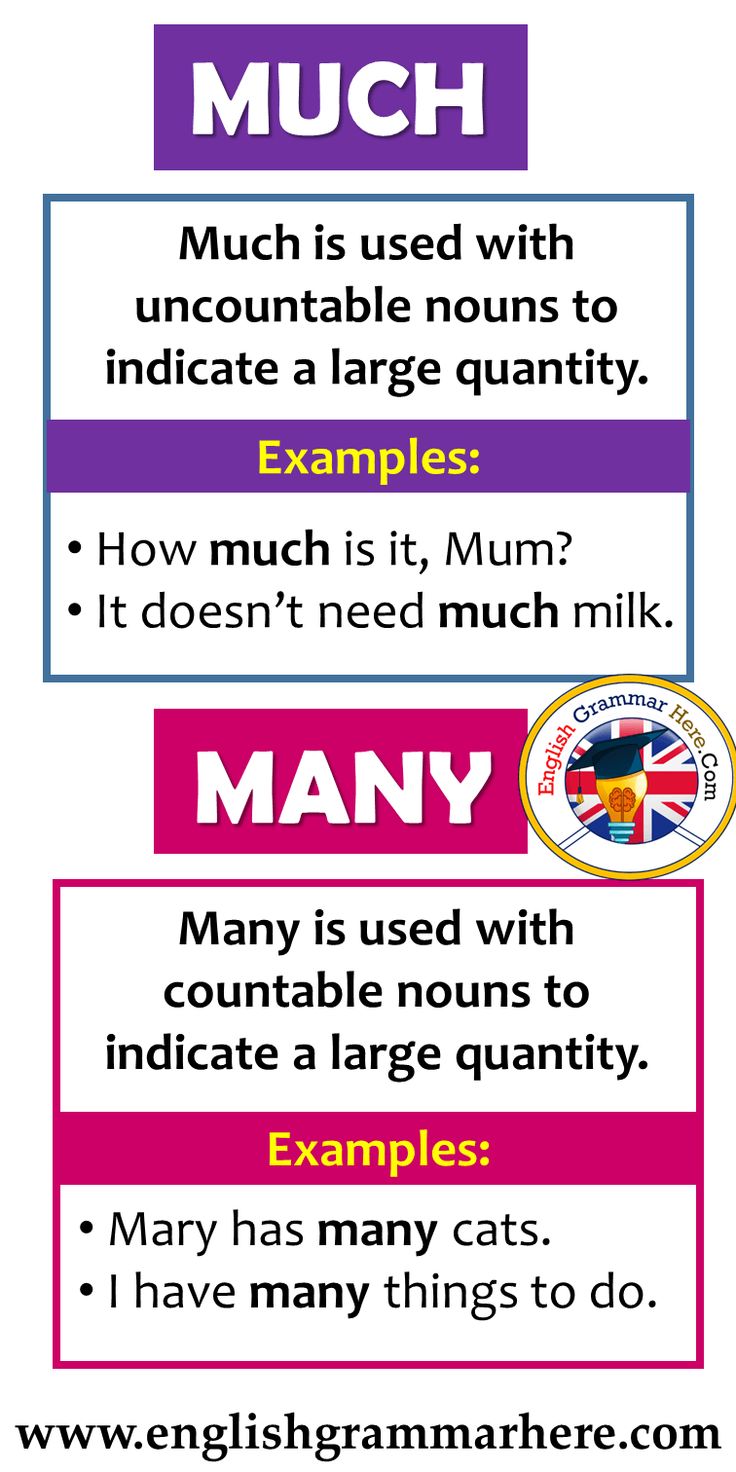Used Jeep Hard Top For Sale: Your Comprehensive Guide to Finding the Perfect Lid
Used Jeep Hard Top For Sale: Your Comprehensive Guide to Finding the Perfect Lid /jeeps.truckstrend.com
The Jeep Wrangler is an icon of freedom and adventure, known for its open-air experience. While the soft top offers unparalleled connection to the elements, there are times when the practicality, security, and insulation of a hard top become indispensable. From battling harsh weather to enhancing security and reducing road noise, a hard top transforms your Jeep into a more versatile daily driver and an all-season adventure machine.
However, purchasing a brand-new hard top can be a significant investment, often costing thousands of dollars. This is where the thriving market for used Jeep hard tops comes into play. Buying a pre-owned hard top offers a cost-effective solution to gain all the benefits without breaking the bank. This comprehensive guide will navigate you through every aspect of finding, inspecting, and successfully acquiring a used Jeep hard top, ensuring you make an informed decision and enhance your Jeep ownership experience.
Used Jeep Hard Top For Sale: Your Comprehensive Guide to Finding the Perfect Lid
Why Choose a Used Jeep Hard Top?
Opting for a used hard top presents several compelling advantages:
- Significant Cost Savings: This is by far the biggest draw. Used hard tops can be found for a fraction of the price of new ones, often ranging from 30% to 70% off retail, depending on condition, model, and availability.
- Immediate Availability: Unlike new tops that might have lead times or require specific orders, used hard tops are typically available for immediate purchase and pickup, especially from local sellers.
- Environmental Responsibility: Reusing a perfectly functional hard top contributes to reducing waste and promoting a more sustainable approach to automotive accessories.
- Customization Potential: A used top can be an ideal canvas for custom paint jobs, sound deadening projects, or other modifications without the worry of altering a brand-new accessory.
- Perfect for Older Models: For discontinued Jeep models, finding a new hard top can be challenging or impossible. The used market often holds the key to completing or upgrading these classic rigs.

Understanding Jeep Hard Top Compatibility: The Golden Rule
Before you even start looking, the single most critical piece of information you need is your Jeep’s exact model, year, and door configuration. Jeep hard tops are NOT universally interchangeable. A hard top designed for one generation or even a different door count within the same generation will simply not fit your vehicle. Trying to force a fit can lead to frustration, damage, and wasted money.
Here’s a breakdown of the main Jeep Wrangler generations and their hard top compatibility:
- CJ Series (1976-1986): CJ-5, CJ-7, CJ-8 (Scrambler). Tops are distinct and rarely cross-compatible.
- YJ Wrangler (1987-1995): Easily identifiable by its square headlights. Tops are specific to this generation.
- TJ Wrangler (1997-2006): Round headlights, coil spring suspension. Tops are specific to TJ.
- LJ Wrangler Unlimited (2004-2006): The longer wheelbase version of the TJ. Requires a longer hard top specific to the LJ.
- JK Wrangler (2007-2018):
- 2-Door JK: Requires a specific 2-door JK hard top.
- 4-Door JK Unlimited: Requires a specific 4-door JK hard top. Note that JK hard tops are often modular, with front "Freedom Panels" that can be removed independently.
- JL Wrangler (2018-Present):
- 2-Door JL: Requires a specific 2-door JL hard top.
- 4-Door JL Unlimited: Requires a specific 4-door JL hard top. JL tops also feature modular panels.
Key Differences to Note:
- Mounting Points: The locations and types of bolts/latches differ significantly between generations.
- Rear Window Features: Wiper motors, defroster elements, and wiring harnesses vary. Ensure the electrical connections match your Jeep’s factory wiring.
- Overall Dimensions: Length, width, and curvature are unique to each body style.
Actionable Insight: Double-check your Jeep’s year and model. When viewing an ad, confirm the seller explicitly states the hard top’s compatibility. If in doubt, ask for a photo of the VIN tag from the hard top itself (if available) or detailed measurements.
Where to Find Used Jeep Hard Tops
The market for used Jeep hard tops is robust, but knowing where to look can save you time and increase your chances of finding a good deal.
-
Online Marketplaces:
- Facebook Marketplace: Often the best starting point due to its local focus and large user base. Use specific search terms like "JK hard top 4 door" or "TJ hard top."
- Craigslist: Another excellent source for local listings. Be specific with your search terms.
- eBay: Good for broader searches, but shipping can be prohibitive for such a large item. Look for "local pickup only" listings.
- Dedicated Jeep Forums/Groups: Websites like JL Wrangler Forums, JK-Forum, TJ Forum, and local Jeep club Facebook groups often have "for sale" sections where members list parts. These communities are also great for asking compatibility questions.
-
Local Jeep Clubs & Enthusiast Groups: Joining a local Jeep club or attending meetups can put you in touch with people who might be upgrading or selling their old tops. Word-of-mouth is powerful in the Jeep community.
-
Salvage Yards / Junkyards: While it can be a hit-or-miss, some specialized auto salvage yards might have Jeeps that were totaled but have an intact hard top. Prices here can be significantly lower, but inspection is paramount.
-
Off-Road Shops / Jeep Dealerships: Some shops or dealerships that specialize in Jeeps might take hard tops on trade or sell them consignment. It’s less common, but worth a call.
-
Word of Mouth: Let friends, family, and co-workers know you’re looking. You never know who might have one gathering dust in their garage.
What to Inspect Before Buying: A Critical Checklist
Once you’ve found a potential hard top, a thorough inspection is crucial. Don’t rush this step, as overlooking a flaw can lead to costly repairs or a leaky top.
-
Overall Condition & Structural Integrity:
- Cracks, Dents, Warping: Look for any signs of structural damage. Pay close attention to corners, edges, and mounting points. Fiberglass can crack, and plastic can warp.
- Stress Fractures: Especially around windows and mounting holes.
- Repairs: Has it been repaired? Are the repairs professionally done or look like a quick patch job?
-
Glass Condition:
- Rear Window: Check for cracks, chips, or deep scratches. Ensure the tint (if any) isn’t peeling.
- Side Windows (if applicable): Same checks as the rear.
- Defroster Grid: If equipped, visually inspect the defroster lines. Any breaks will render it inoperable.
-
Seals and Weatherstripping:
- Perimeter Seals: These are vital for keeping water out and reducing noise. Check for cracks, tears, dry rot, compression, or missing sections. Press on them to feel their elasticity. New seals can be expensive.
- Window Seals: Ensure the seals around the glass are intact and pliable.
-
Mounting Points and Hardware:
- Bolt Holes/Inserts: Check if they are stripped, cracked, or damaged.
- Latches/Clamps: Ensure they operate smoothly and securely. Are any pieces missing?
- Freedom Panel Latches (JK/JL): Test these thoroughly to ensure they engage and disengage correctly.
-
Wiring and Electronics (if applicable):
- Rear Wiper Motor: Ask to see it operate if possible. Check the condition of the blade.
- Rear Defroster Wiring: Ensure the wiring harness connector is present and undamaged.
- Washer Nozzle: If equipped, check for clogs or damage.
-
Interior Headliner:
- Sagging/Tears: Indicates age or poor maintenance.
- Water Stains/Mold: A major red flag for previous leaks.
- Insulation: Some tops come with sound-deadening insulation. Check its condition.
-
Paint/Finish:
- Fading/Oxidation: Common on older tops, especially black ones. May require sanding and repainting.
- Deep Scratches/Scuffs: Assess if they’re cosmetic or deep enough to compromise the integrity.
Actionable Insight: Bring a friend to help lift and inspect. Have a flashlight ready for checking dark areas. Don’t be afraid to ask the seller questions about the top’s history and why they are selling it.
Practical Advice for a Smooth Transaction
For Buyers:
- Do Your Homework: Know your Jeep’s exact specs and what hard top it needs.
- Communicate Clearly: Ask detailed questions about the top’s condition, history, and any known flaws. Request additional photos or a video if needed.
- Negotiate Respectfully: Be prepared to make an offer, but also be realistic about the value.
- Inspect In Person: Whenever possible, see the top before committing. This is the best way to avoid surprises.
- Bring Help: Hard tops are bulky and heavy. You’ll need at least one other person to help load it.
- Have the Right Tools: Bring a T-40 Torx bit (for JK/JL) or whatever tools are needed for your specific Jeep’s mounting points, in case you want to test-fit or install immediately.
For Sellers:
- Clean it Thoroughly: A clean top presents better and will sell faster.
- Be Honest: Disclose any imperfections, even minor ones. Transparency builds trust.
- Take Good Photos: High-quality, well-lit photos from multiple angles are essential. Show both the exterior and interior, and highlight any unique features (like Freedom Panels).
- Specify Compatibility: Clearly state the exact Jeep model and year(s) the top fits.
- Price Fairly: Research comparable listings in your area. Be open to reasonable negotiation.
- Assist with Loading: Be prepared to help the buyer load the top onto their vehicle.
Installation & Maintenance of Your Used Hard Top
Once you’ve secured your used hard top, installation is relatively straightforward but requires care and often an extra set of hands.
-
Installation:
- Remove Soft Top (if applicable): Ensure all soft top components (frame, fabric, door surrounds) are completely removed.
- Clean Mounting Surfaces: Wipe down the tub rails and windshield header of your Jeep to ensure a good seal.
- Lift and Align: With at least two people, carefully lift the hard top onto the Jeep. Align the front edge with the windshield header and the rear with the tailgate.
- Secure Fasteners: Start with the front latches (if applicable), then move to the rear D-ring bolts (often T-40 Torx). Tighten all fasteners evenly, but do not overtighten.
- Connect Wiring: Plug in the rear wiper and defroster harnesses if your top has them and your Jeep is equipped.
- Test: Check all latches, test the wiper and defroster, and spray the top with water (or wait for rain) to check for leaks.
-
Maintenance:
- Regular Cleaning: Wash your hard top regularly with car soap to prevent dirt and grime buildup.
- Seal Care: Periodically clean and condition the rubber seals with a silicone-based protectant to keep them pliable and prevent drying/cracking. This is crucial for preventing leaks.
- Hardware Inspection: Check all bolts and latches periodically to ensure they are tight and functioning correctly.
- Proper Storage: If you remove your hard top for the summer, store it properly on a hard top cart or using a hoist system. Avoid leaving it directly on the ground or leaning against a wall where it could warp or get damaged.
Used Jeep Hard Top Price Guide
Prices for used Jeep hard tops can vary significantly based on the Jeep generation, condition, color, and regional demand. This table provides estimated price ranges to give you a general idea. These are estimates only and should be verified with local market research.
| Jeep Model/Generation | Door Configuration | Estimated Used Price Range (USD) | Key Considerations |
|---|---|---|---|
| YJ Wrangler (1987-1995) | 2-Door | $300 – $800 | Older, less common, condition varies wildly. Check seals carefully. |
| TJ Wrangler (1997-2006) | 2-Door | $500 – $1,200 | Good availability. Look for intact seals and wiring. |
| LJ Wrangler Unlimited (2004-2006) | 2-Door (Longer) | $800 – $1,800 | Less common due to limited production. Higher demand often means higher prices. |
| JK Wrangler (2007-2018) | 2-Door | $800 – $1,800 | Very common. Check Freedom Panels for cracks/leaks. |
| JK Wrangler Unlimited (2007-2018) | 4-Door | $1,000 – $2,500 | Most common used hard top. Verify all 3 sections (front left, front right, main rear) are present and in good condition. |
| JL Wrangler (2018-Present) | 2-Door | $1,200 – $2,500 | Newer, so fewer available used. Often in better condition. |
| JL Wrangler Unlimited (2018-Present) | 4-Door | $1,500 – $3,500 | Highest demand due to popularity of 4-door JL. Check for Sky One-Touch Power Top if applicable (these are much more expensive new/used). |
Note: Prices for hard tops with specific features (e.g., premium insulation, special colors, or unique glass) might be at the higher end of these ranges. Tops requiring significant repairs (e.g., major cracks, missing parts) should be priced significantly lower.
Frequently Asked Questions (FAQ)
Q1: Will a hard top from a JK Wrangler fit a TJ Wrangler?
A: No, absolutely not. Jeep hard tops are specific to their generation and body style. A JK hard top is physically larger and has different mounting points than a TJ top.
Q2: Do all hard tops have a rear wiper and defroster?
A: No. While most modern hard tops (JK, JL) do, some older models (YJ, TJ) and some basic trim levels might not have these features. Ensure the hard top’s features match your Jeep’s wiring capabilities if you want them to function.
Q3: How much does a used hard top typically weigh?
A: A 2-door hard top can weigh around 100-120 lbs, while a 4-door hard top (especially the main rear section) can weigh 120-150 lbs or more. They are bulky and require at least two strong adults to safely lift and maneuver.
Q4: Can I paint my hard top to match my Jeep’s color?
A: Yes! Hard tops are made of fiberglass or composite materials that can be prepped, primed, and painted just like any other automotive body panel. Many owners choose to do this for a custom look.
Q5: Is it difficult to switch between a soft top and a hard top?
A: It’s not difficult, but it requires some effort and usually two people. The process involves unbolting one top and carefully lifting it off, then positioning and bolting the other. With practice, it can be done in 30-60 minutes.
Q6: What should I do if the hard top I’m buying has a minor crack?
A: Minor, hairline cracks can often be repaired using fiberglass repair kits. However, larger cracks, especially near structural points or windows, can be more challenging and costly to fix properly. Factor the repair cost into your offer.
Q7: Do I need special hardware to install a hard top if my Jeep currently has a soft top?
A: Generally, yes. While some mounting points are universal, hard tops typically require specific bolts, interior clamps, and sometimes different windshield header latches. Ensure the seller includes all necessary hardware, or factor the cost of purchasing new hardware into your budget.
Conclusion
Investing in a used Jeep hard top is a smart and economical way to unlock new levels of comfort, security, and versatility for your beloved Wrangler. While the process requires diligent research and a thorough inspection, the rewards are well worth the effort. By understanding compatibility, knowing where to search, and meticulously checking for potential issues, you can confidently navigate the used market.
Embrace the adventure of finding the perfect lid for your Jeep. With a little patience and the right information, you’ll soon be enjoying quieter rides, enhanced protection, and the peace of mind that comes with a robust hard top, ready for whatever the road—or the trail—throws your way. Happy hunting, and enjoy your enhanced Jeep experience!
